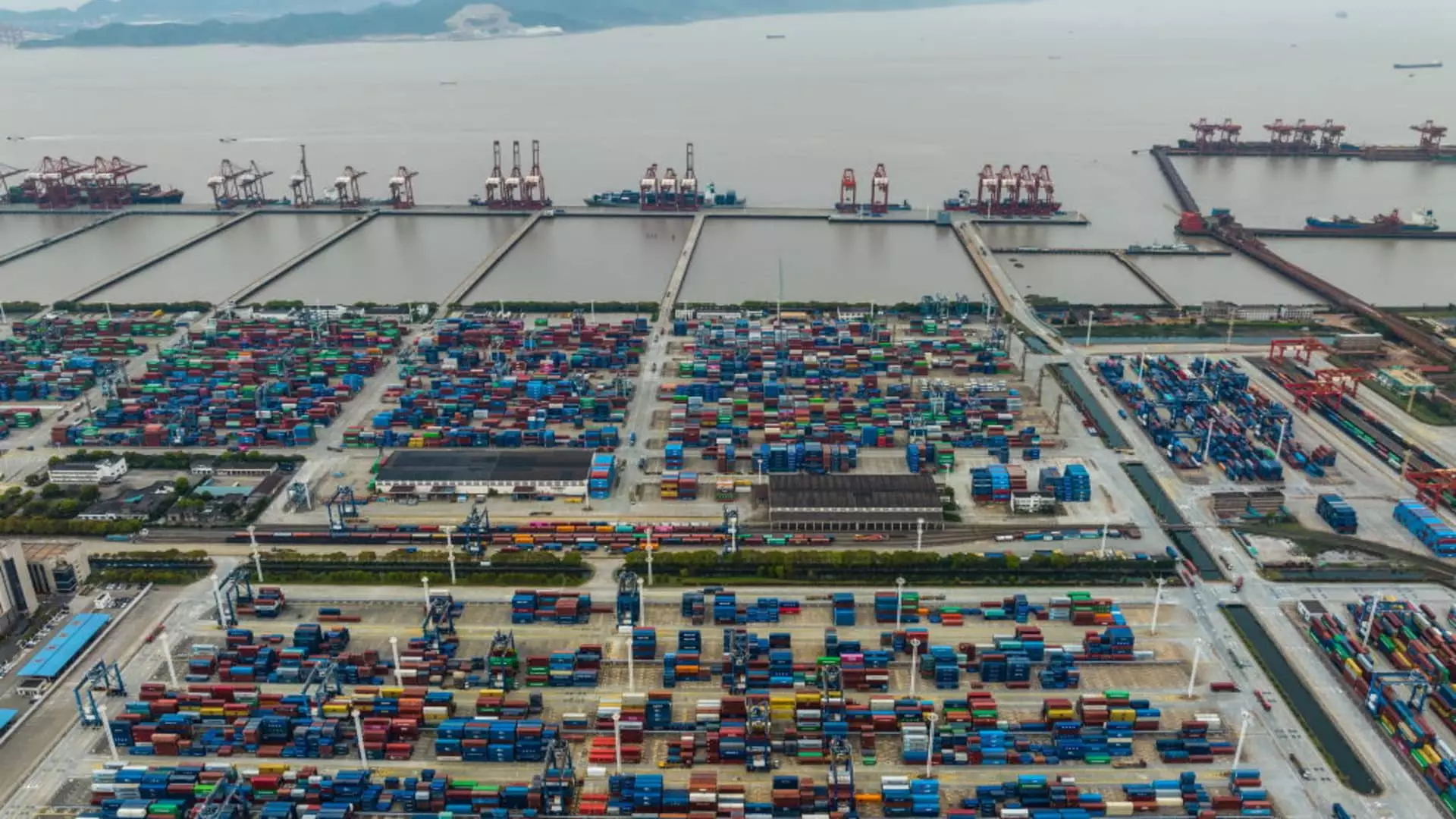In a recent incident at China’s Ningbo port, a hazardous goods container exploded on a cargo ship owned by Taiwanese vessel owner Yang Ming Marine Transport Corp. The explosion resulted in a fire on the YM Mobility ship, but fortunately, there were no reported casualties or injuries. The incident took place at the Beilun 2 container terminal, where the Liberia-flagged ship was docked after arriving from Shanghai. The cause of the explosion is still under investigation by both the port operator and Yang Ming.
Upon the explosion, all individuals on board the ship were safely evacuated, and the fire was brought under control. Both the port operator and the vessel owner ensured that everyone was removed from the area to avoid any potential harm. The quick response and evacuation procedures helped prevent any casualties or injuries, maintaining the safety of those involved in the incident.
Despite the severity of the explosion and subsequent fire, the incident did not seem to significantly disrupt major shipping lines at Ningbo port. This is crucial as Ningbo-Zhoushan is China’s second-highest traffic port, handling a significant amount of goods and cargo on a daily basis. The uninterrupted flow of operations is essential for both local and international trade, ensuring that goods can be transported efficiently and effectively.
Incidents like the explosion at Ningbo port highlight the importance of strict safety measures and protocols within the shipping industry. Handling hazardous goods requires extra precautions to prevent accidents and ensure the well-being of everyone involved. Proper storage, transportation, and handling of dangerous materials are essential to avoid potential disasters like the one that occurred on the YM Mobility ship.
The explosion at Ningbo port serves as a reminder of the risks associated with transporting hazardous goods. While the incident did not result in any casualties or injuries, it underscores the need for constant vigilance and adherence to safety regulations in the shipping industry. By prioritizing safety measures and emergency response protocols, future accidents can be prevented, safeguarding both individuals and the environment from harm.

